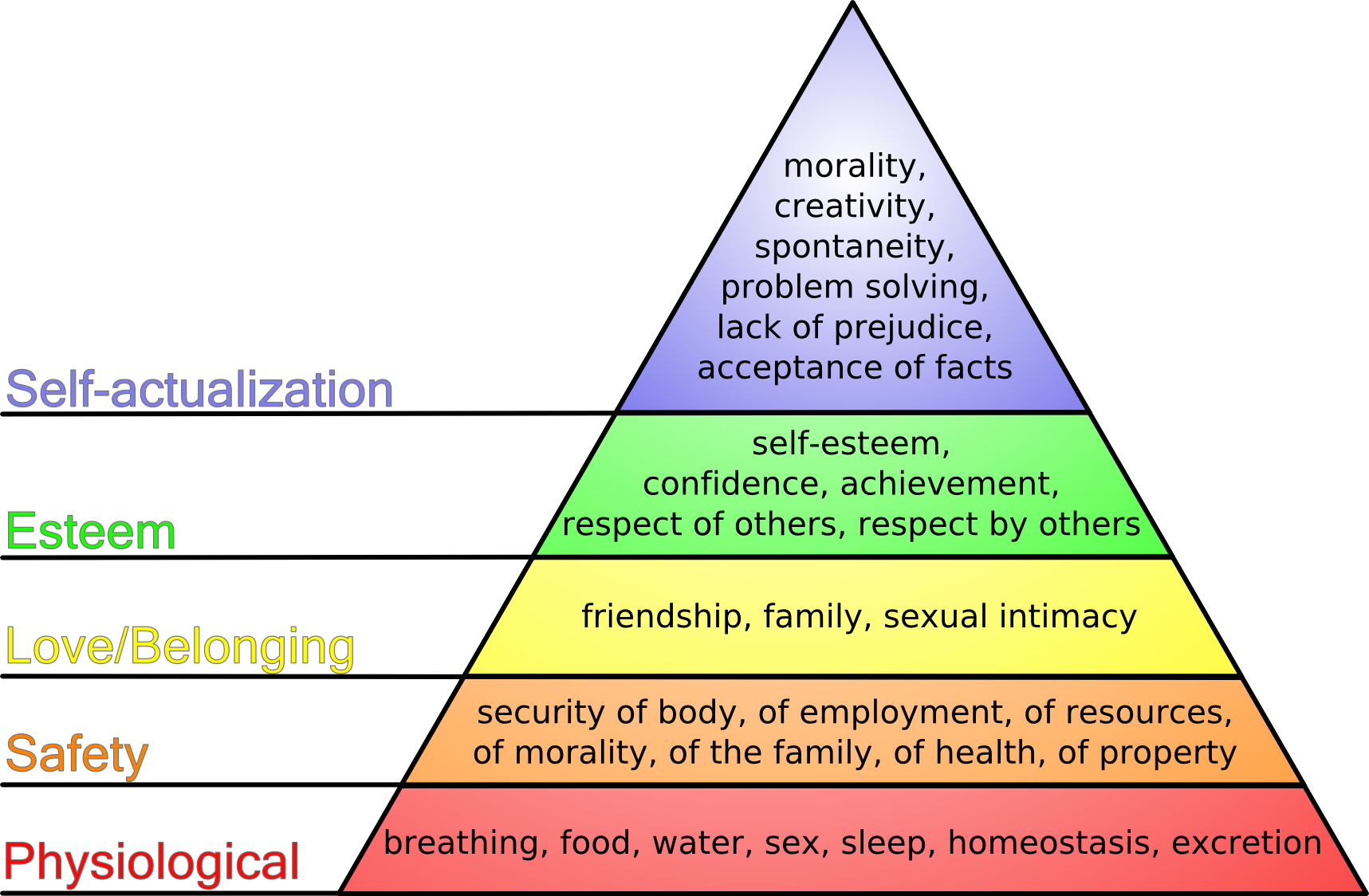Teaching Online: ALOTA Part 1: Attention
Click here to go back to the Menu
Attention

In this first aspect of the ALOTA Method we strive to gain the attention of our students with a compelling image, activity, "factoid", or vivid example of the material that we are about to cover.
Certainly the first cognitive factor that manifests in the learning process is "attention"...and not only the state of being alert, but the focus of the senses on particular stimuli that we, as teachers, want them to focus on.
The image above may attract attention because it is relevant to the topic, it is familiar (as a road sign), and it is striking because it is at the same time not familiar.
Learning Outcomes
-
Identify the need to have an attention-getting stimulus of some kind at the beginning of a Lesson Plan
-
Design an appropriate attention-getting stimulus to include at the beginning of a Lesson Plan
-
Identify and design different types of attention getting stimuli
Teaching
Attention to the Lesson Plan
The concept that is central to this first component of the ALOTA Method is to focus the attention of the student on the task at hand, mainly the lesson plan. Since attention is the first step in the cognitive processes of learning it is important that we select stimuli that will assist students in orienting to the topic or topics within the lesson plan. This can be done in a number of ways:
Images
Images of all kinds can be used to attract the attention of your students. They can be symbolic or directly related to the topic that you are dealing with.
The image above is "symbolic" in terms of its relationship to the topic in this Lesson Plan (Attention)
In one Lesson Plan on Motivation in my Introduction to Psychology class, I actually introduced a component of the content by including, and describing, a graphic representing Maslow's Hierarchy of Needs

This type of image is not only symbolic but directly related to the content of the Lesson Plan. It attracts a students attention because it is colorful and contains familiar elements such as "Love", "Safety", and "Esteem"
Links to Documents and Websites
Another attention-getting method might include directing your students to a compelling article or website related to your topic. As teachers we don't always have to invent the content in our classes! There are so many great resources on the web including websites, articles, videos (YouTube is a great source), and online activities...and they are all relatively easy to incorporate into the context of this attention-getting section.
I've had attention-getting websites that have eventually been incorporated into the required content of my courses!
Activities
To gain your students' attention you can also have them engage in an activity of some sort. Maybe they can search the web for a definition or participate in a quiz or assessment online (or one that you create and include in this section)
An example might be the use of an online personality assessment at the start of a Lesson Plan on Personality. The students go online and take the personality test as an introduction to the concepts that are going to be discussed in the Lesson Plan
Humor
A cartoon or funny image or saying can also be a very powerful stimulus for attention. Be mindful of your audience that you select humor that is not offensive and is accessible to your students.
Humor is culture specific...what is funny in one culture may be incomprehensible in another.
Assessments and Evaluations
An interesting way to gain the attention of your students may be to conduct an evaluation of what they already know. In the training model of instructional design there is sometimes a need to evaluate what your students "already know" so that you can adjust your teaching to maximize the efficiency of the training.
This is a bit more difficult to do in higher education, but certain Lesson Plans may lend themselves to this sort of evaluation and may, in fact, inform what you are actually going to teach!
An example of this might be related to a Lesson Plan on writing an article review. You could assess the degree to which a student understands how to identify a workable topic question, how to find peer-reviewed articles in online databases, how to read such an article, and finally how to identify the key elements of the article for inclusion in an article review. A short quiz that helps students identify what experiences they already have related to the upcoming Lesson Plan can assist them in focusing on the aspects of the Lesson Plan that will most benefit them.
Creative
This is not so much another type of attention-getting stimulus, but a call for you to be creative in coming up with compelling starts to each of your lesson plans. Each of the examples above can also be done in a face-to-face situation and are powerful starts to lectures!
As in all aspects of Instructional Design, each of these components is an expression of your personality, teaching style, and of what you feel are important basic concepts related to the Lesson Plan. Thoughtful selection of images, movies, activities, and assessments as attention-getters is an important part of the overall design process.